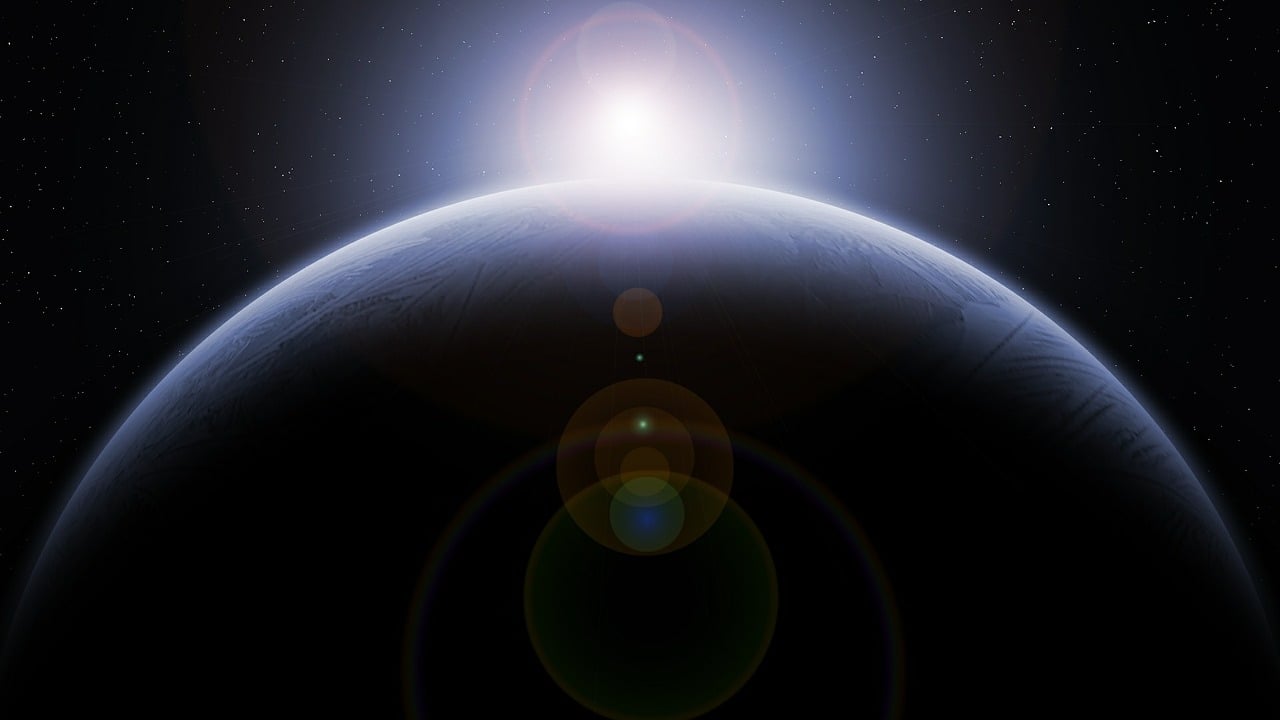Most adults can remember learning in school that Pluto was the ninth planet from our Sun, but today’s textbooks teach things differently since scientists decided to redefine what is and isn’t a planet. At that time, the switch was on the lower end of the size range, which reclassified Pluto as a dwarf planet rather than a full-fledged planet, but now, an astrophysicist is proposing yet another new definition of what a planet is, but this time, the change is on the high end of the spectrum.
A key omission in the definition of a planet
Kevin Schlaufman, an astrophysicist with Johns Hopkins University, published a paper in the Astrophysical Journal on the debate over what defines a planet. He proposes that scientists redefine planets as having a mass with an upper boundary that’s four to 10 times the mass of Jupiter. He noted that an upper boundary on planet masses is one of the most obvious details that’s missing as far as their definition of planets goes.
Science X explains that he feels it is now possible to set an upper limit for mass to determine what is and isn’t a planet because of technology improvements and better techniques for astronomical observation. He said that astrophysicists have been able to discover more and more planetary systems since the advancements have been made. As a result, he said it’s possible to see clearer patterns that could help them redefine planets via the size of their mass.
The conclusions he drew in his new paper come from observations from nearly 150 different planetary systems. He explained that in drawing those conclusions, he used data that was almost all measured in the same way, offering consistency from one planetary system to another.
Redefining planets
Science X describes defining planets and setting them apart from other objects in the sky as “a bit like narrowing down a list of criminal suspects.” Knowing that a particular suspect is within a certain height range is much more specific than simply having a lower limit with no upper limit.
A key debate when it comes to trying to redefine a planet is the difference between a brown dwarf star and a huge planet. Brown dwarf stars have more mass than planets, but they have less mass than the smallest celestial bodies that are still classified as stars. Scientists believe that brown dwarfs form in the same way that stars form.
Brown dwarfs have posed a problem for scientists for many years because trying to tell brown dwarfs with low mass apart from massive planets. Schlaufman noted that looking at mass isn’t enough to differentiate between these types of celestial bodies, so it’s necessary to add a second property in order to firm up the classification.
Here’s what could be missing from the planet definition
He suggests that the other property that could be used along with size to define a planet is the chemical makeup of the sun found in the solar system. He explained that Jupiter and other massive planets are usually orbiting a star which contains more iron than our Sun contains. Brown dwarfs, on the other hand, don’t typically discriminate in this manner.
Science X explains that Jupiter and similar planets are believed to form first with a rocky core that, over time, becomes shrouded in large amounts of gas. This, it seems logical that such planets would be found orbiting stars which contain heavy rocky elements, which provide the material needed as seed to form planets. Brown dwarfs, on the other hand, are believed to form from the top down with gas clouds collapsing under their own weight.
“Schlaufman’s idea was to find the mass at which point objects stop caring about the composition of the star they orbit,” Science X explained. “He found that objects more massive than about 10 times the mass of Jupiter do not prefer stars with lots of elements that make rocks and therefore are unlikely to form like planets.”
Based on the findings of his analysis, he suggests that objects with masses greater than 10 times the mass of Jupiter should be defined as brown dwarfs rather than planets.





